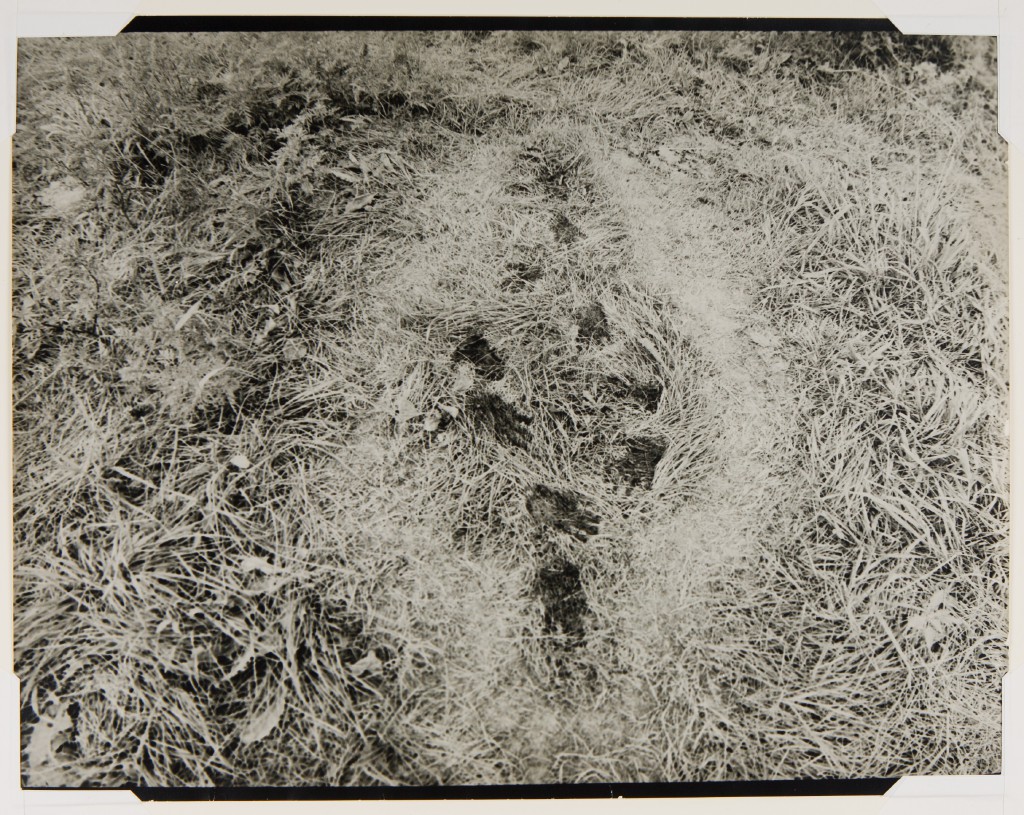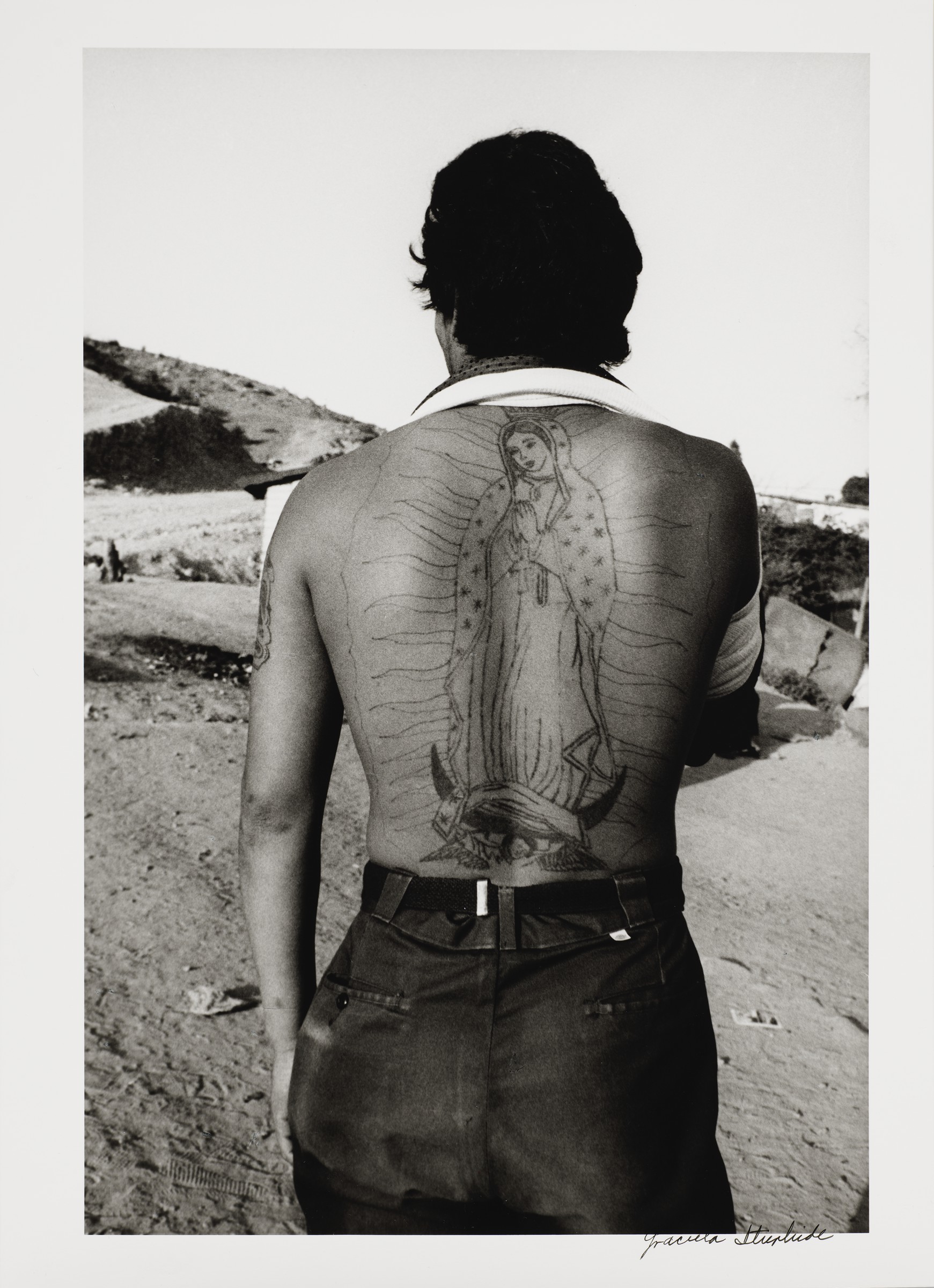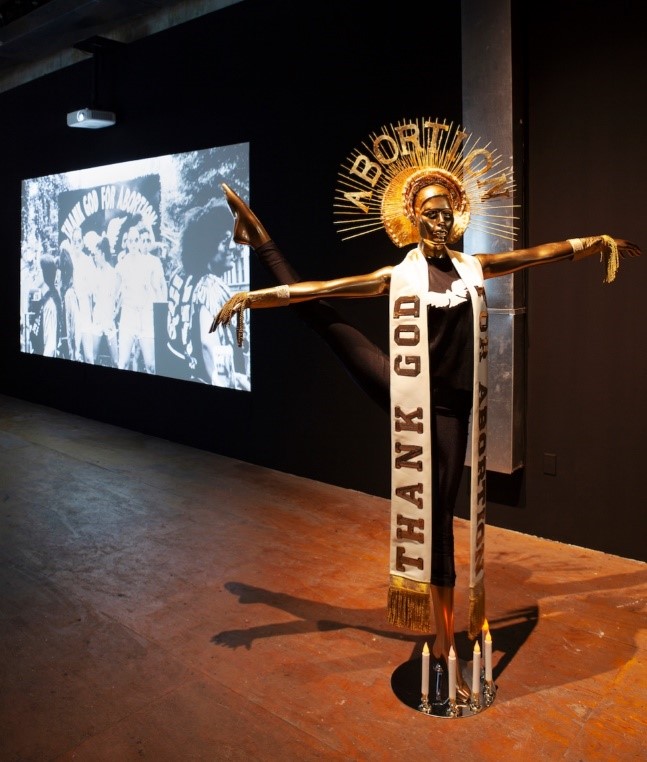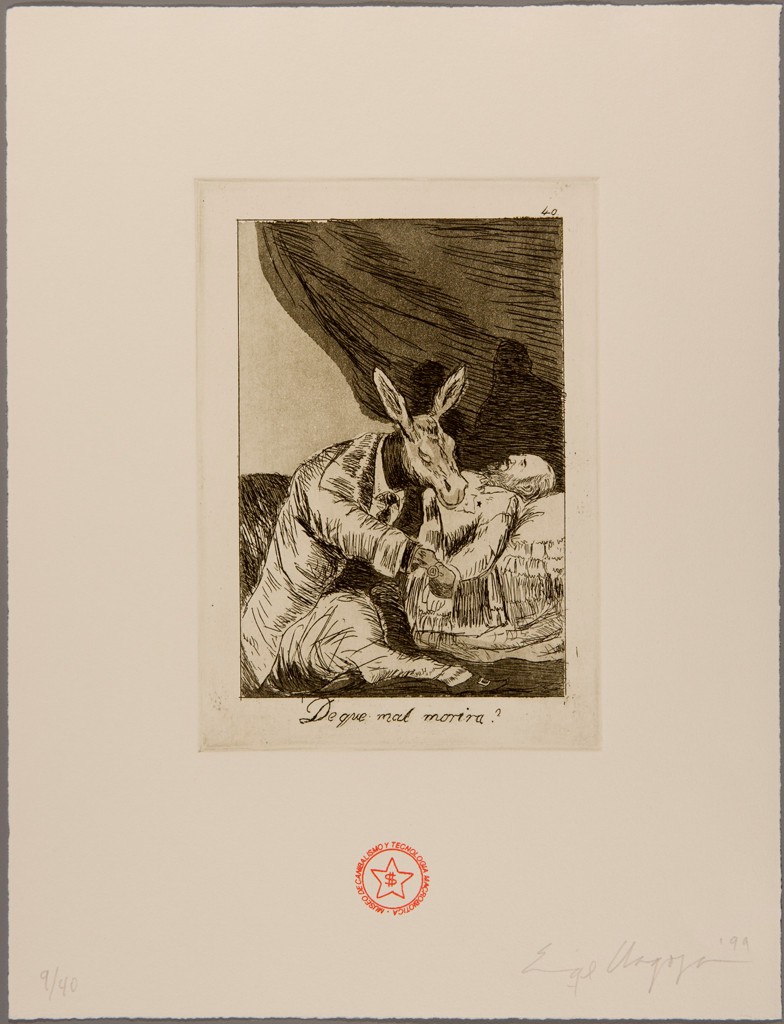This past spring, a cohort of Harvard Latinx students from Professor María Luisa Parra-Velasco’s course SPANSH 59H: Spanish for Latino Students II: Connecting with Communities worked with curators and educators from the Harvard Art Museums to explore works from our collections by Latinx artists, Latin American artists, and others whose practice engages Latinx experiences.
This advanced language course encourages Heritage Spanish speakers to strengthen both their linguistic repertoires and their global social awareness through civic engagement with local Spanish-speaking communities. In a series of reflections, current Harvard students and recent alumni consider works of art from the collections alongside their personal and professional experiences within Latinx communities around the United States, as well as how they relate to the most pressing issues confronting Latinx communities today. In the final installation of our three-part series in celebration of Hispanic Heritage Month, students meditate on themes of justice, equity, and inclusion, exploring such issues as the marginalization of Afro-descendant individuals in Latinx communities and the violence against women that is widespread across Latin America.
This article is published in English and Spanish.
Durante la primavera pasada, un grupo de estudiantes latinx del curso “SPANSH 59H: Spanish for Latino Students II: Connecting with Communities” dado por la Dr. María Luisa Parra-Velasco colaboró con los curadores y educadores de Harvard Art Museums para explorar obras de nuestras colecciones de artistas latinx, latinoamericanos, y las obras que reflejan la experiencia latinx. Este curso avanzado de español apoya a los hispanohablantes de herencia a fortalecer sus repertorios lingüísticos y su conciencia social global a través de la participación cívica en las comunidades hispanohablantes en diferentes partes de los Estados Unidos. En una serie de reflexiones, los estudiantes y los ahora exalumnos conectan las obras de arte de las colecciones con sus propias experiencias personales y profesionales dentro de las comunidades latinx en los Estados Unidos, así como con los problemas más urgentes que enfrentan las comunidades latinx hoy en día. En la instalación final de nuestra serie de tres partes en celebración del mes de la Herencia Hispana, los estudiantes reflexionan sobre temas de justicia, equidad e inclusión, explorando temas que incluyen la marginación de las personas afrodescendientes en las comunidades latinx y la violencia contra las mujeres en Latinoamérica.
Este serie se publica en inglés y en español.
Celebrating Afro-Latinidad
by Evelyn Gonzalez
One of the most important topics we discussed in class was the presence of Black communities in the broader Latinx community. We learned the ways in which Black Latinx individuals have often been erased from conversations regarding Latinx issues and have frequently experienced discrimination and racism on the part of the white Latinx community. Considering the degree of violence to which the African American community in the United States has been subjected, I chose this photograph created by Cuban artist Antonio Mendoza. The image above centralizes the body of a Black woman; she’s wearing an olive-colored bikini that complements and contrasts with her deep skin tone. This image is a celebration of the beauty and excellence of Black life, something that must be prioritized in light of the constant attacks against Black existence in the United States. I believe that now more than ever it’s imperative that Latinx communities support the African American community (whether Latinx or not). As Latinx individuals, we must deal with our own history of anti-Black racism.
Uno de los temas más importantes que exploramos en clase tuvo que ver con la presencia de las comunidades afro-descendientes en la comunidad latinx. Aprendimos sobre las formas en que los individuos latinx de descendencia africana son borrados de las conversaciones sobre los problemas latinx y, frecuentemente, experimentan discriminación por parte de los individuos blancos latinx. Considerando el grado de violencia que la comunidad afro-descendiente en los Estados Unidos ha experimentado, elegí esta fotografía hecha por el artista cubano Antonio Mendoza. La imagen centraliza el cuerpo de una mujer afro-descendiente; tiene puesto un bikini de color verde oliva que complementa y contrasta con su complexión oscura. Considero esta imagen una celebración de la belleza y excelencia de la vida negra, algo que es importante priorizar a la luz de los ataques constantes contra la existencia negra en los EEUU. Creo que, ahora, más que nunca, es importante que las comunidades latinx apoyen a la comunidad afro-descendiente (igual la hispana que la no hispana). Como individuos latinx, tenemos que resolver nuestros propios problemas con el racismo anti-negro.
Evelyn Gonzalez is a sophomore at Harvard College.
“Si mañana me toca, quiero ser la última”
by Lisette León






